Home>Garden Essentials>How Long Does Fake Grass Last?
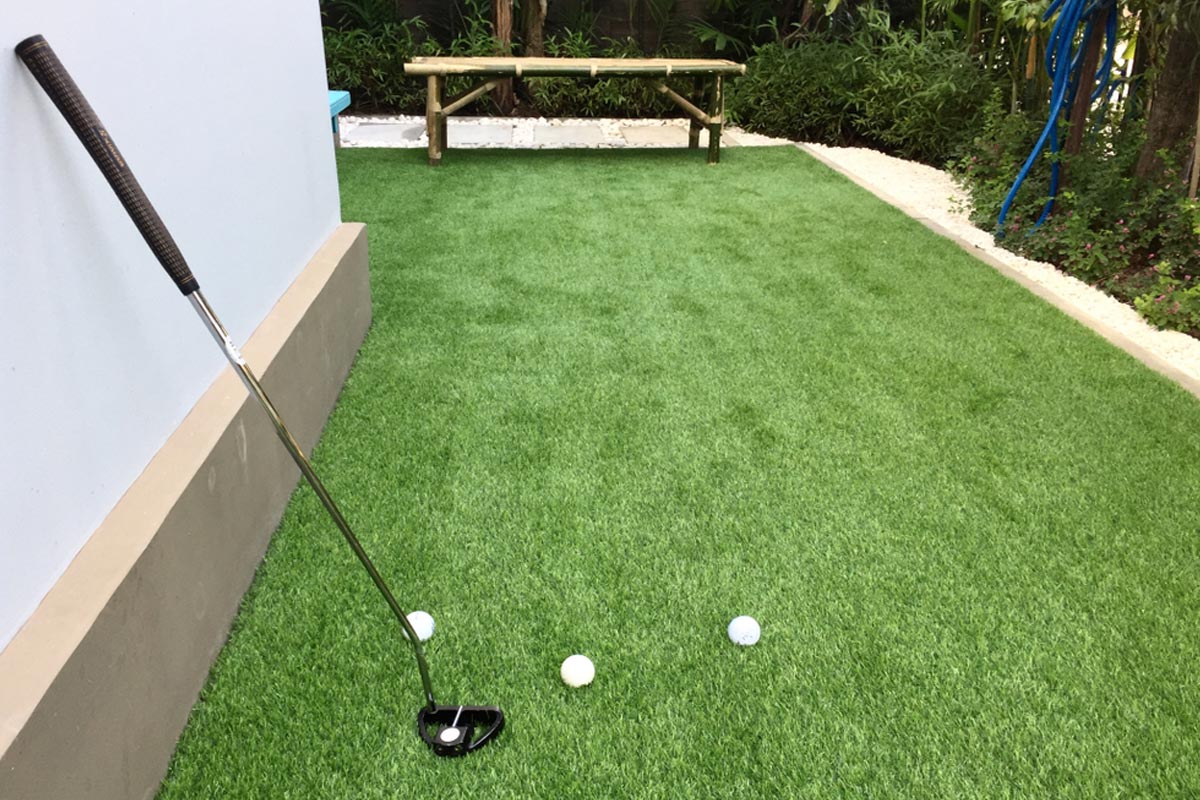

Garden Essentials
How Long Does Fake Grass Last?
Modified: October 18, 2024
Discover how long fake grass can last in your garden and make the most of your outdoor space with durable and long-lasting synthetic turf.
(Many of the links in this article redirect to a specific reviewed product. Your purchase of these products through affiliate links helps to generate commission for Storables.com, at no extra cost. Learn more)
Introduction
Welcome to the world of artificial turf! If you’re considering installing fake grass in your garden or outdoor space, one important question that may come to mind is: How long does fake grass last? It’s a valid concern, as you want to make sure your investment will stand the test of time.
Fake grass, also known as synthetic turf or artificial grass, has gained popularity in recent years for its low maintenance and beautiful appearance. It provides a lush and green landscape without the need for mowing, watering, or fertilizing. But just like any other outdoor material, fake grass also has a lifespan.
Several factors contribute to the longevity of fake grass, including the quality of the materials used, the amount of foot traffic it receives, its exposure to sunlight and weather conditions, and the level of maintenance and care it receives. Understanding these factors will help you make an informed decision about your landscaping project.
In this article, we will explore the various factors that can affect the lifespan of fake grass, the average lifespan you can expect, signs of wear and tear to look out for, and how to extend the lifespan of your artificial turf.
So, if you’re ready to dive into the world of artificial turf durability, let’s explore the factors affecting the lifespan of fake grass.
Key Takeaways:
- Fake grass can last between 10 and 15 years with proper care, including regular cleaning and maintenance, and protection from excessive wear and tear.
- Factors affecting the lifespan of fake grass include the quality of materials, foot traffic, exposure to sunlight, and maintenance, all of which can be managed to extend its longevity.
Read more: How Long Does Pesticide Last On Grass
Factors Affecting the Lifespan of Fake Grass
The lifespan of fake grass can vary depending on several factors. Understanding these factors will help you choose the right type of artificial turf for your needs and ensure its long-lasting performance. Let’s take a closer look at the key factors affecting the lifespan of fake grass:
Quality of the materials used: The quality of the materials used in the production of fake grass significantly affects its lifespan. Higher-quality synthetic fibers and backing materials are more durable and resistant to wear and tear. Investing in high-quality materials may result in a longer lifespan for your artificial turf.
Amount of foot traffic: The amount of foot traffic your fake grass receives will impact its lifespan. Areas with heavy foot traffic, such as playgrounds or sports fields, will naturally experience more wear and tear compared to areas with minimal foot traffic. Choosing a more durable type of artificial turf designed for high traffic areas can help extend its lifespan.
Exposure to sunlight and weather conditions: Fake grass is designed to withstand various weather conditions, including rain, snow, and direct sunlight exposure. However, prolonged exposure to intense sunlight can cause the colors to fade and the fibers to weaken over time. If your outdoor space receives excessive sunlight, consider opting for fake grass specifically designed to withstand UV rays to enhance its longevity.
Maintenance and care: Proper maintenance and care play a crucial role in extending the lifespan of your fake grass. Regular cleaning, including removing debris and leaves, helps prevent the buildup of dirt and allows for proper drainage. Additionally, occasional brushing to fluff up the fibers and redistribute the infill material helps maintain the appearance and resilience of the artificial turf. Following the manufacturer’s guidelines for maintenance and care will ensure your fake grass looks its best for years to come.
By considering these factors and selecting a reputable supplier that offers high-quality materials, you can significantly increase the lifespan of your fake grass and enjoy its benefits for many years.
Average Lifespan of Fake Grass
When it comes to the lifespan of fake grass, it’s important to note that there isn’t a one-size-fits-all answer. The average lifespan can vary based on different factors, but we can provide you with a general idea of what to expect.
Typical lifespan range: On average, fake grass can last between 10 and 15 years. This estimate takes into consideration regular foot traffic, exposure to sunlight, and proper maintenance. However, it’s crucial to note that this is a rough estimate, and the actual lifespan of your artificial turf can be influenced by several factors.
Variations based on different factors: As mentioned earlier, several factors can impact the lifespan of fake grass. Let’s look into how each of these factors can affect its longevity:
- Quality of materials: Higher-quality materials used in the manufacturing of fake grass often result in a longer lifespan. Opting for premium-grade synthetic fibers and durable backing materials can increase the longevity of your artificial turf.
- Amount of foot traffic: Areas with frequent foot traffic, such as playgrounds or sports fields, will experience more wear and tear. Artificial turf designed for high traffic areas tends to have a longer lifespan compared to those used in residential gardens with minimal foot traffic.
- Exposure to sunlight and weather conditions: Artificial grass is designed to withstand various weather conditions. However, intense and prolonged exposure to sunlight can cause fading and deterioration over time. Choosing fake grass with built-in UV resistance can help prolong its lifespan.
- Maintenance and care: Regular maintenance and care can significantly extend the lifespan of fake grass. Proper cleaning, brushing, and the occasional addition of infill material can help maintain the appearance and resilience of the artificial turf.
It’s important to note that these factors interact with one another, making it difficult to predict the exact lifespan of fake grass. However, by considering these variations and investing in quality materials, you can maximize the lifespan of your artificial turf and enjoy its benefits for many years.
Fake grass can last anywhere from 10-15 years with proper maintenance. Regular cleaning, brushing, and avoiding heavy foot traffic can help extend its lifespan.
Signs of Wear and Tear
Over time, fake grass may show signs of wear and tear that can indicate it is reaching the end of its lifespan. By recognizing these signs early on, you can take the necessary steps to address the issues and potentially extend the life of your artificial turf. Here are some common signs of wear and tear to look out for:
- Fading or discoloration: Continuous exposure to sunlight can cause the colors of fake grass to fade or change over time. If you notice that your artificial turf is losing its vibrancy and becoming dull or discolored, it may be a sign that the UV protection is wearing off and the fibers are degrading.
- Thinning or bald patches: Areas of your fake grass that experience heavy foot traffic or constant use may begin to thin out or develop bald spots. This can be a result of the synthetic fibers becoming worn down or breaking apart. It’s important to address these patches promptly to prevent further deterioration.
- Loss of infill material: Fake grass typically has an infill material, such as sand or rubber pellets, that provides stability and cushioning. Over time, this infill material may become displaced or compacted, leading to an uneven surface or areas without adequate support. Regularly checking and replenishing the infill material can help maintain the performance and appearance of your artificial turf.
- Damage or tears: Accidents or improper use can sometimes result in damage or tears to the fake grass. Whether it’s caused by sharp objects, heavy machinery, or pets, it’s important to address these issues promptly. Small tears or damage can be repaired, but larger or extensive damage may require replacement of the affected area.
By keeping an eye out for these signs of wear and tear and addressing them accordingly, you can help prolong the lifespan of your fake grass and ensure that it continues to look its best for years to come.
Extending the Lifespan of Fake Grass
If you want to maximize the lifespan of your fake grass and keep it looking fresh and vibrant for as long as possible, there are several key practices to keep in mind. By following these tips, you can ensure that your artificial turf stands the test of time:
- Regular cleaning and maintenance: Just like natural grass, fake grass requires regular cleaning and maintenance to keep it in good condition. Remove any debris, such as leaves or twigs, to prevent them from accumulating and potentially causing damage. Use a stiff-bristled brush to periodically brush the grass, which helps to keep the fibers upright and maintain a natural appearance. Additionally, perform routine cleaning to remove dirt and stains, following the manufacturer’s guidelines for the specific artificial turf product you have.
- Proper installation techniques: The installation process plays a crucial role in the longevity of fake grass. Ensure that the ground is properly prepared, with a suitable base and proper drainage system in place. Properly securing the edges and seams of the turf is also important to prevent it from shifting or coming apart. If you’re uncertain about the installation process, it’s best to consult with a professional to ensure it is done correctly.
- Protecting the grass from excessive wear: Be mindful of how you use and protect your fake grass to minimize excessive wear and tear. Avoid placing heavy objects or furniture on the turf for extended periods, as this can flatten or damage the fibers. Consider using walkways or stepping stones in high-traffic areas to divert foot traffic and reduce stress on the artificial turf. If you have pets, provide designated areas for them to relieve themselves and be sure to promptly clean up any messes to prevent staining or odors.
By implementing these practices, you can extend the lifespan of your fake grass and enjoy its beauty and functionality for many years. Remember to follow the manufacturer’s guidelines and recommendations for maintenance and care specific to your artificial turf product, as different types of fake grass may have varying requirements.
With proper care, your artificial turf can remain a visually appealing and low-maintenance option for your outdoor space for years to come.
Read more: How Long Does Parvo Last In Grass
Conclusion
Fake grass offers a low-maintenance and visually appealing alternative to natural grass for your outdoor space. While it may not last forever, understanding the factors that affect its lifespan and implementing proper maintenance practices can significantly extend its life.
The quality of the materials used, amount of foot traffic, exposure to sunlight and weather conditions, and proper maintenance all contribute to the longevity of fake grass. By investing in high-quality materials, selecting artificial turf designed for high traffic areas, and protecting it from excessive wear, you can ensure that your fake grass withstands the test of time.
Recognizing signs of wear and tear, such as fading, thinning, loss of infill material, or damage, allows you to address these issues promptly and potentially extend the life of your artificial turf. Regular cleaning and maintenance, including brushing and occasional infill material replenishment, help to keep the fake grass looking fresh and vibrant.
Proper installation techniques and protecting the grass from excessive wear also play critical roles in extending its lifespan. Taking care during the installation process and being mindful of how you use and protect the grass can prevent unnecessary damage and ensure its longevity.
While the average lifespan of fake grass typically ranges from 10 to 15 years, implementing these practices and considering the individual factors specific to your situation can help prolong its life. Keep in mind that different types of fake grass may have varying lifespans, so it’s important to consult with the manufacturer or a professional for specific guidelines and recommendations.
In conclusion, by understanding the factors affecting the lifespan of fake grass, recognizing signs of wear and tear, and implementing proper maintenance and care, you can make the most of your investment and enjoy a beautiful and durable artificial turf for many years to come.
Frequently Asked Questions about How Long Does Fake Grass Last?
Was this page helpful?
At Storables.com, we guarantee accurate and reliable information. Our content, validated by Expert Board Contributors, is crafted following stringent Editorial Policies. We're committed to providing you with well-researched, expert-backed insights for all your informational needs.
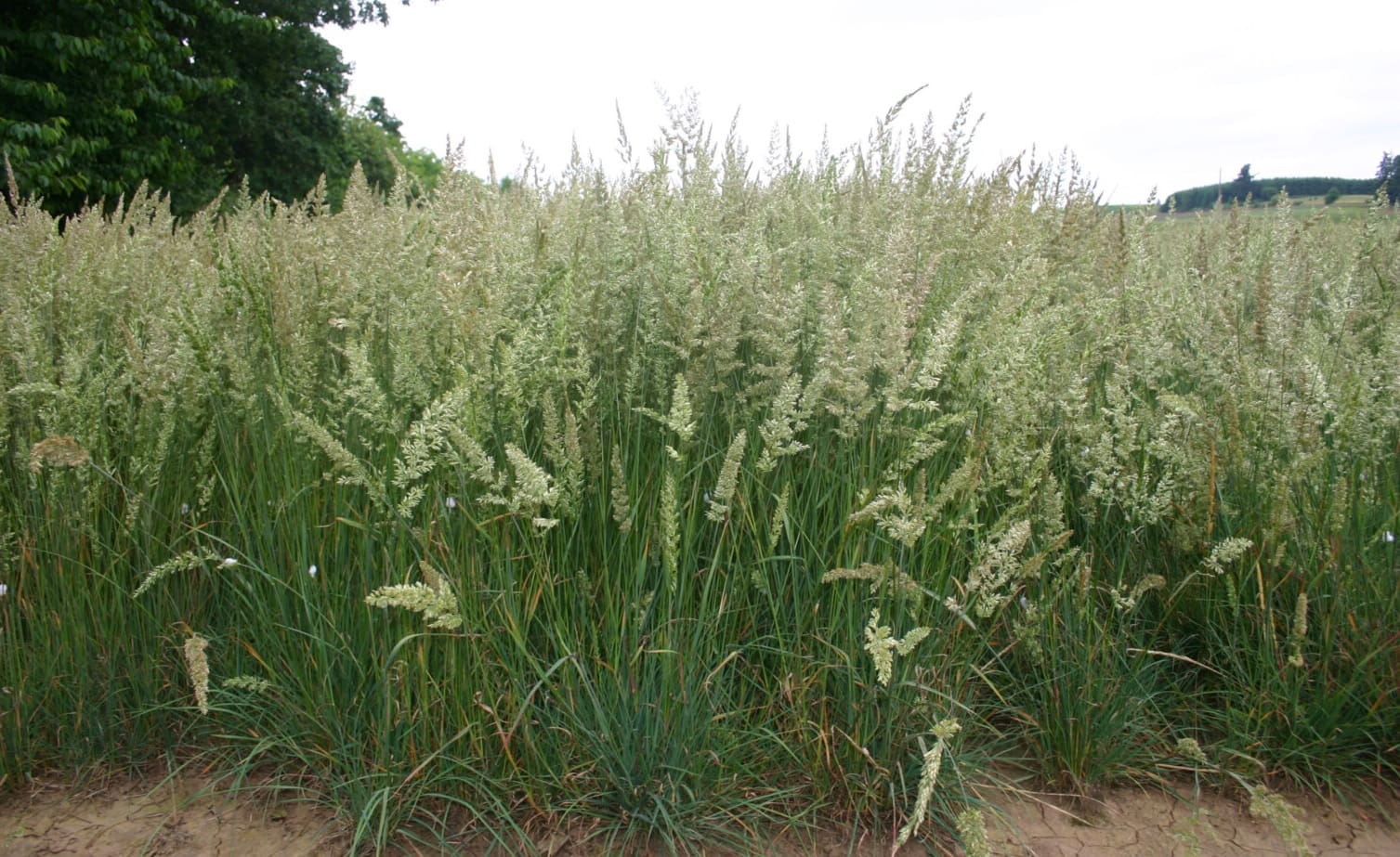
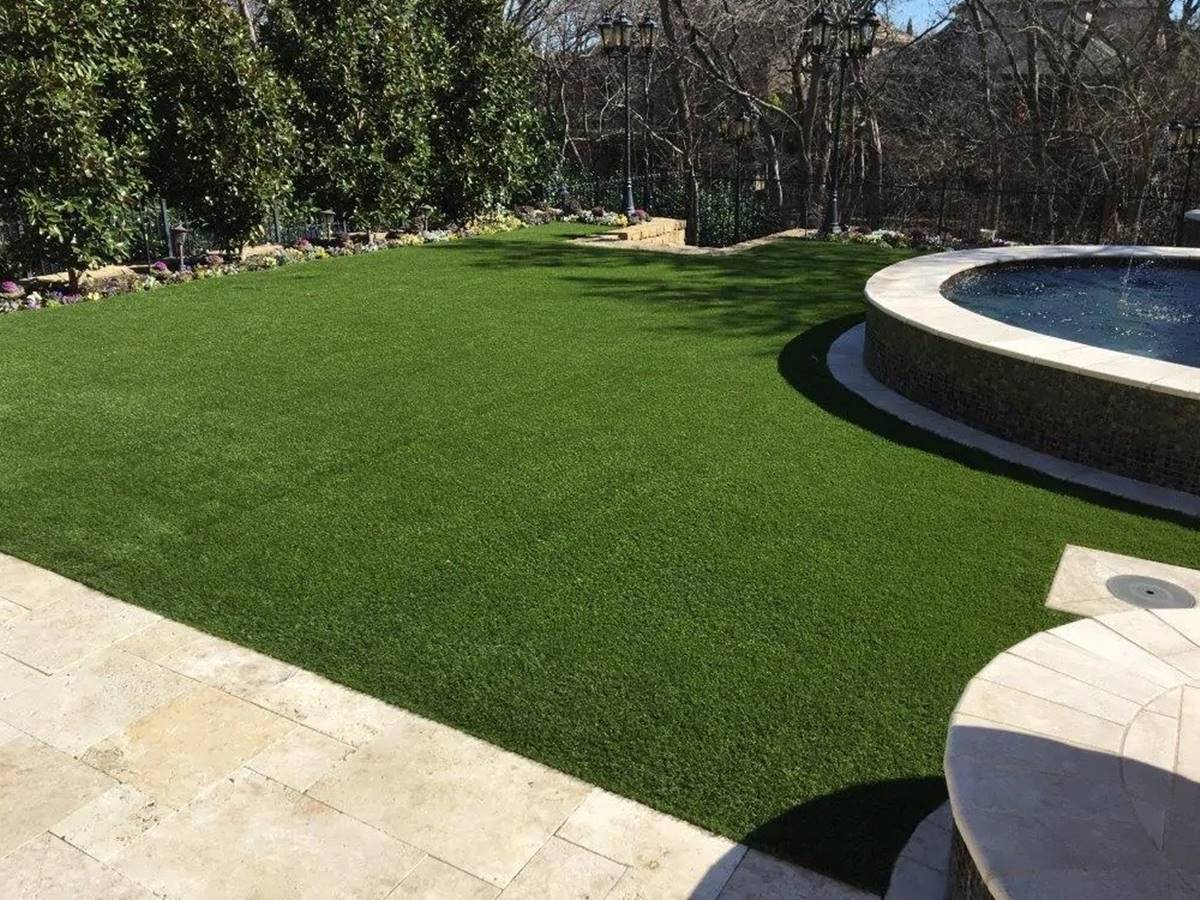
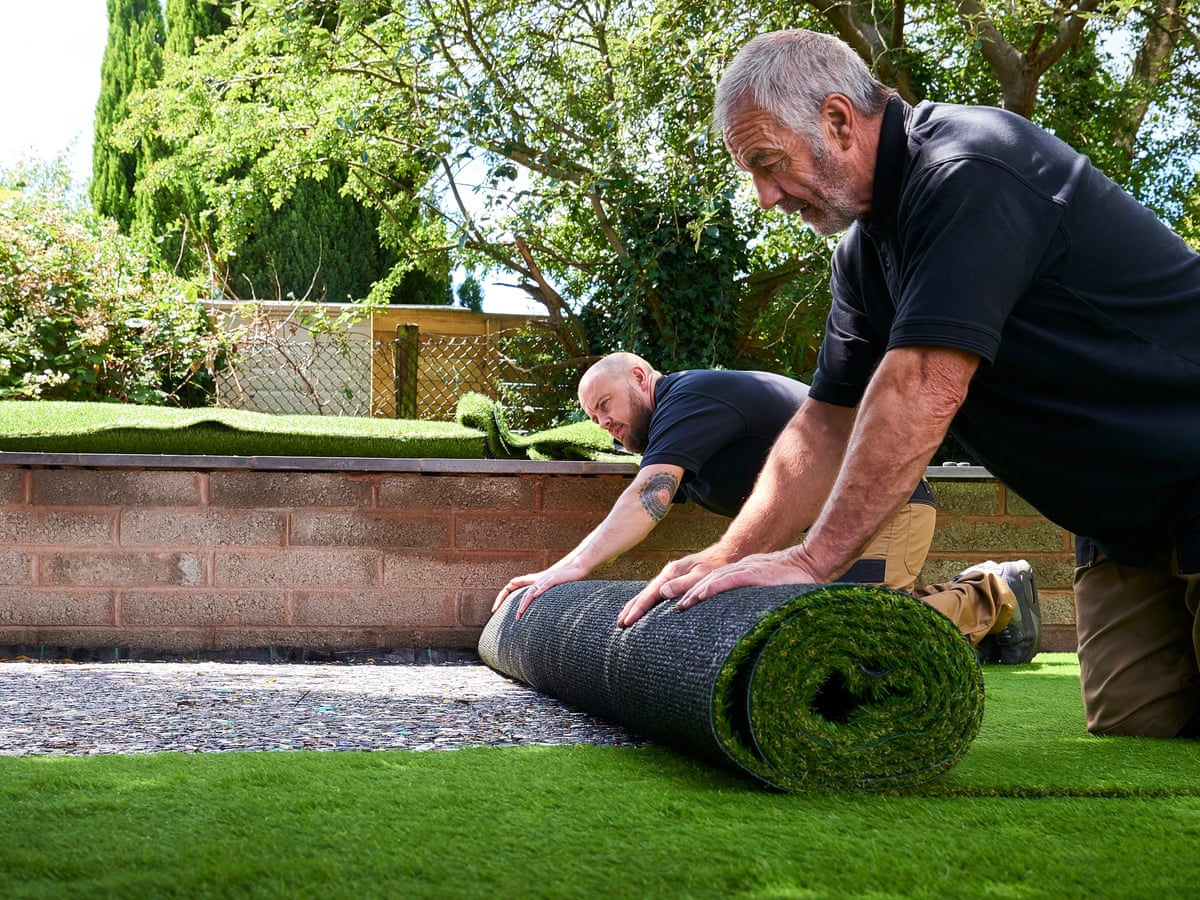
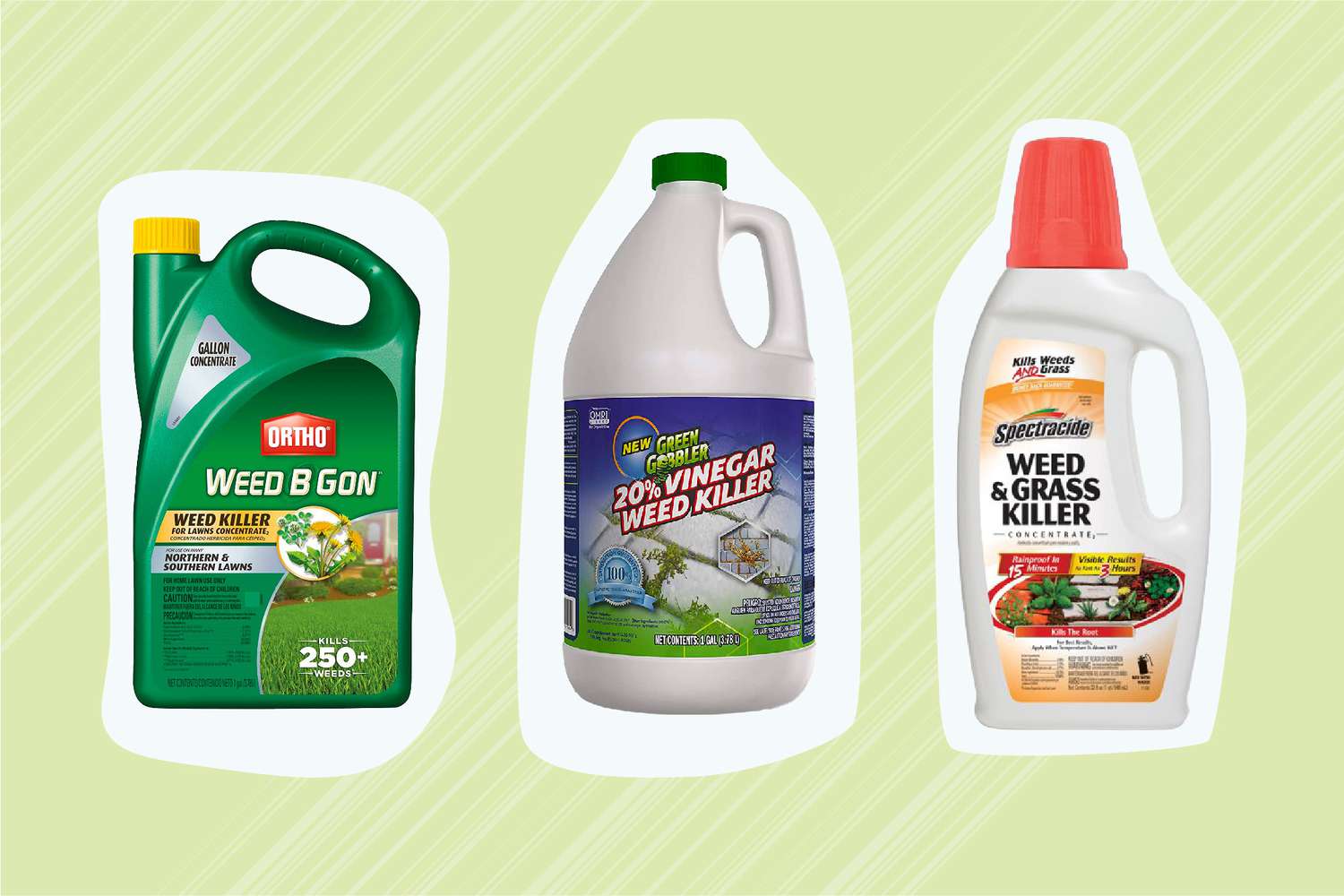
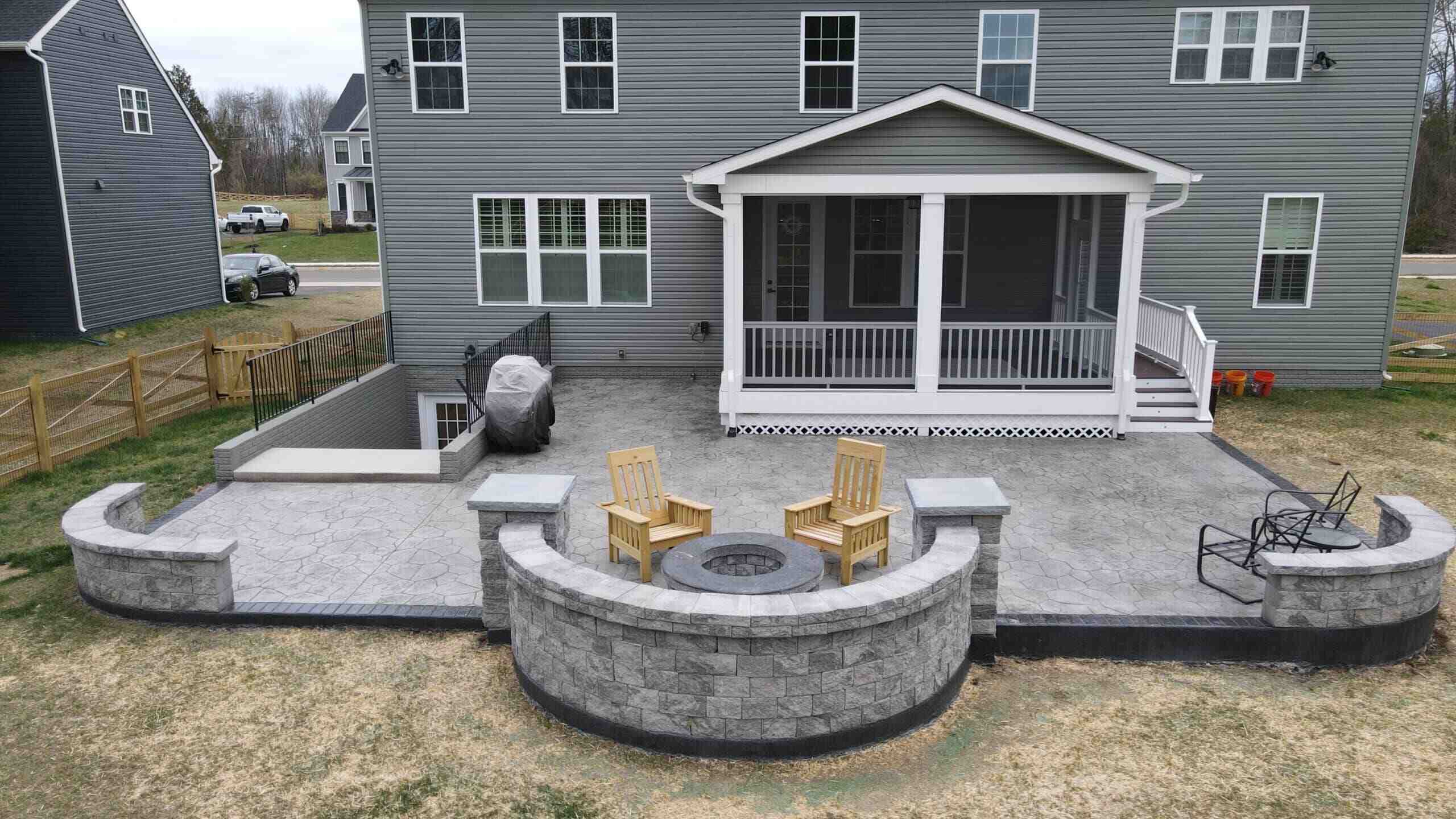

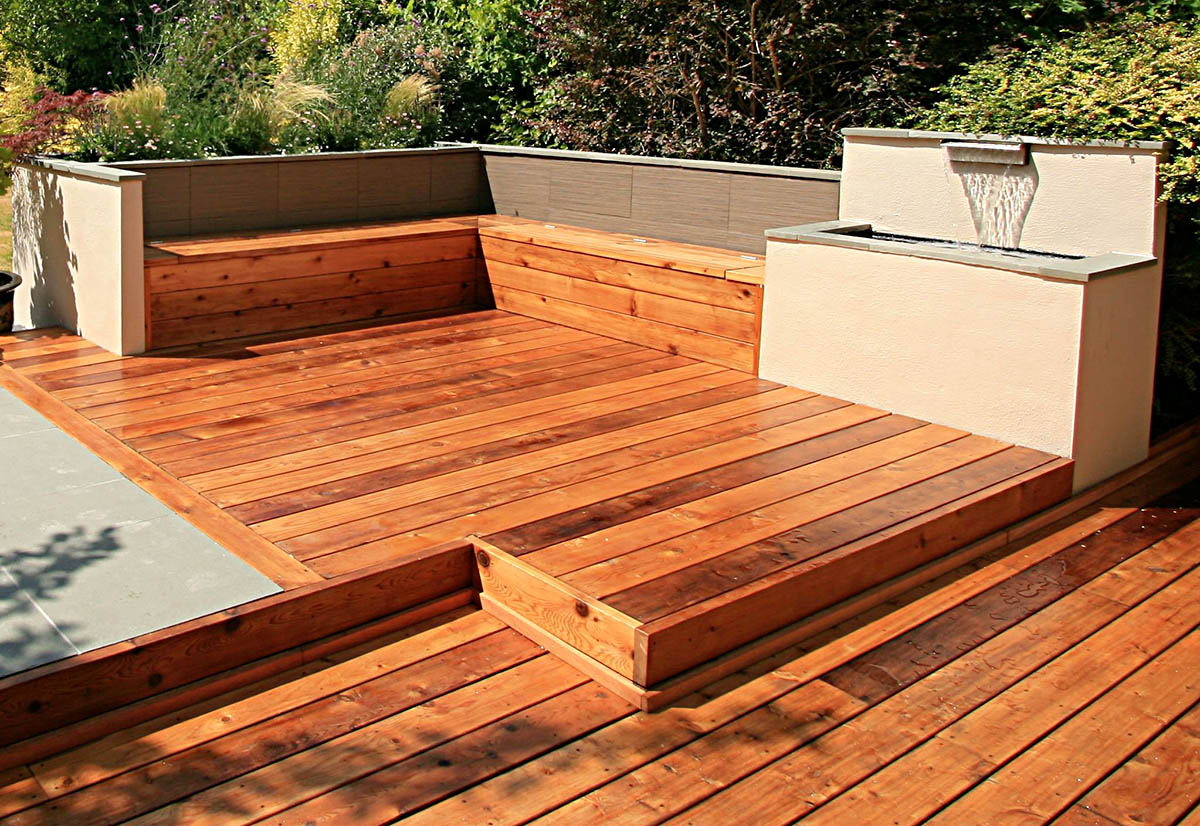
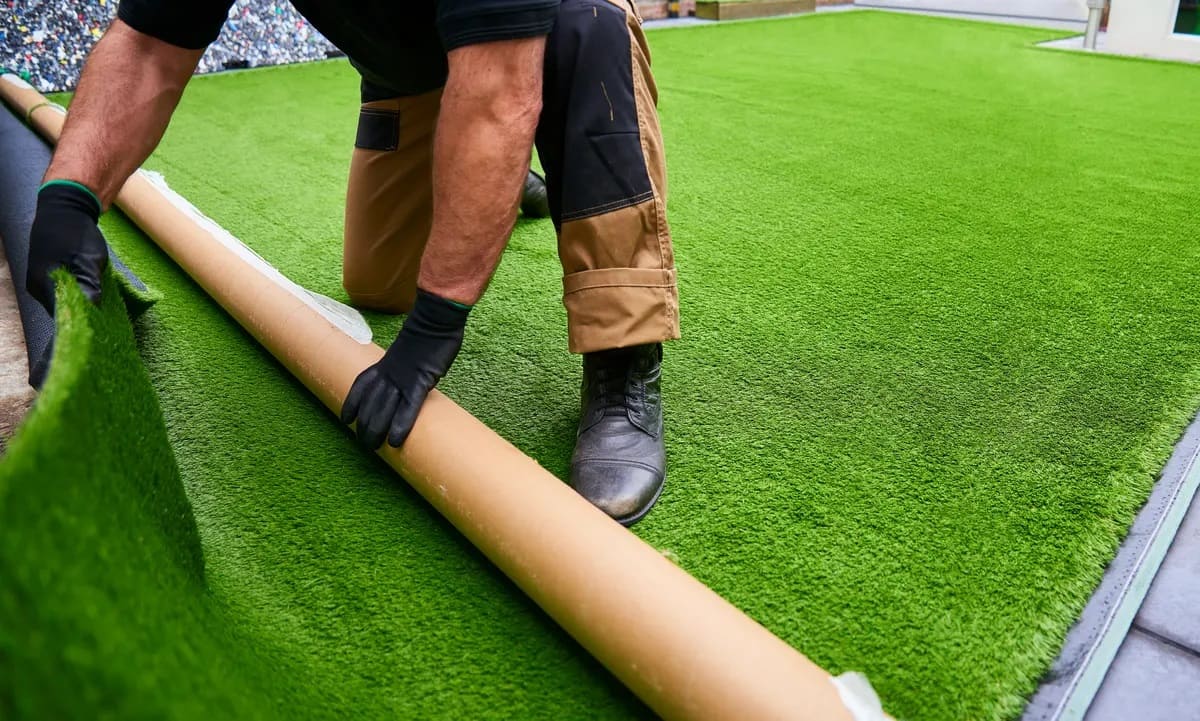
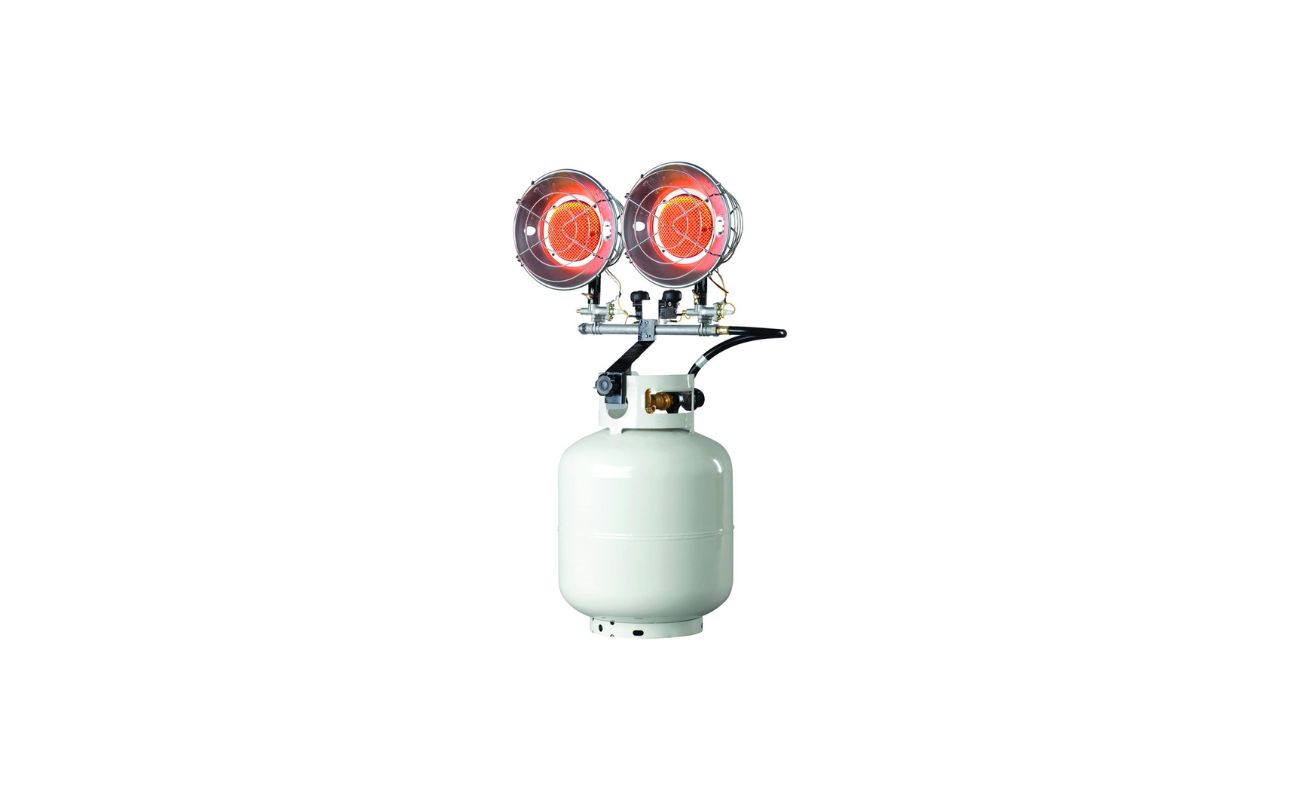
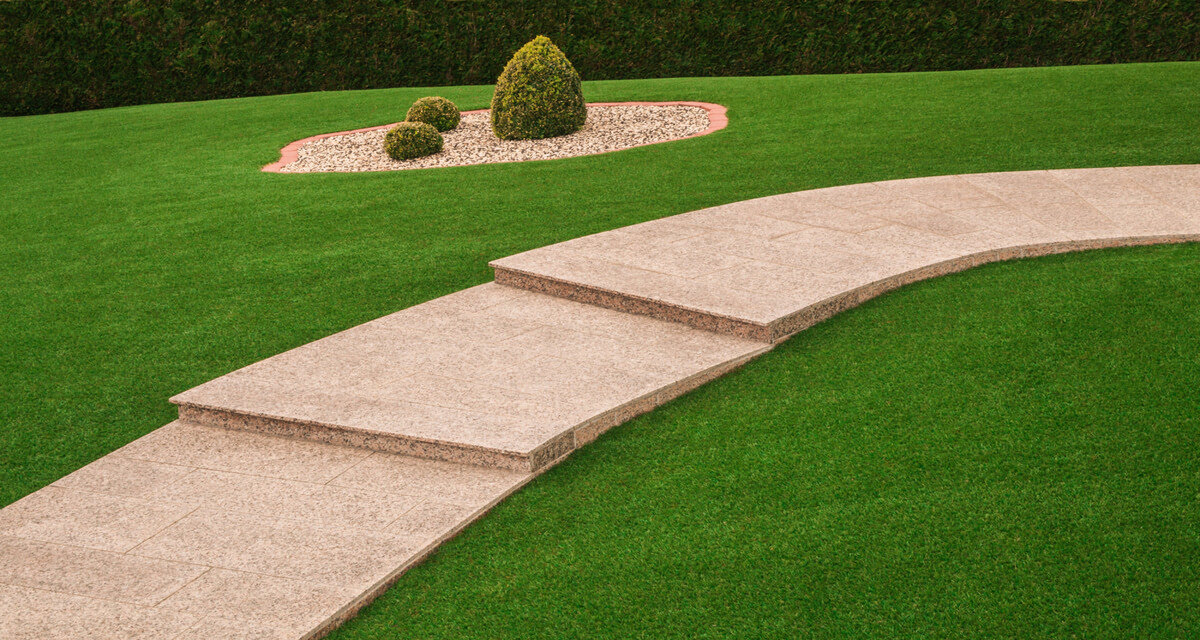
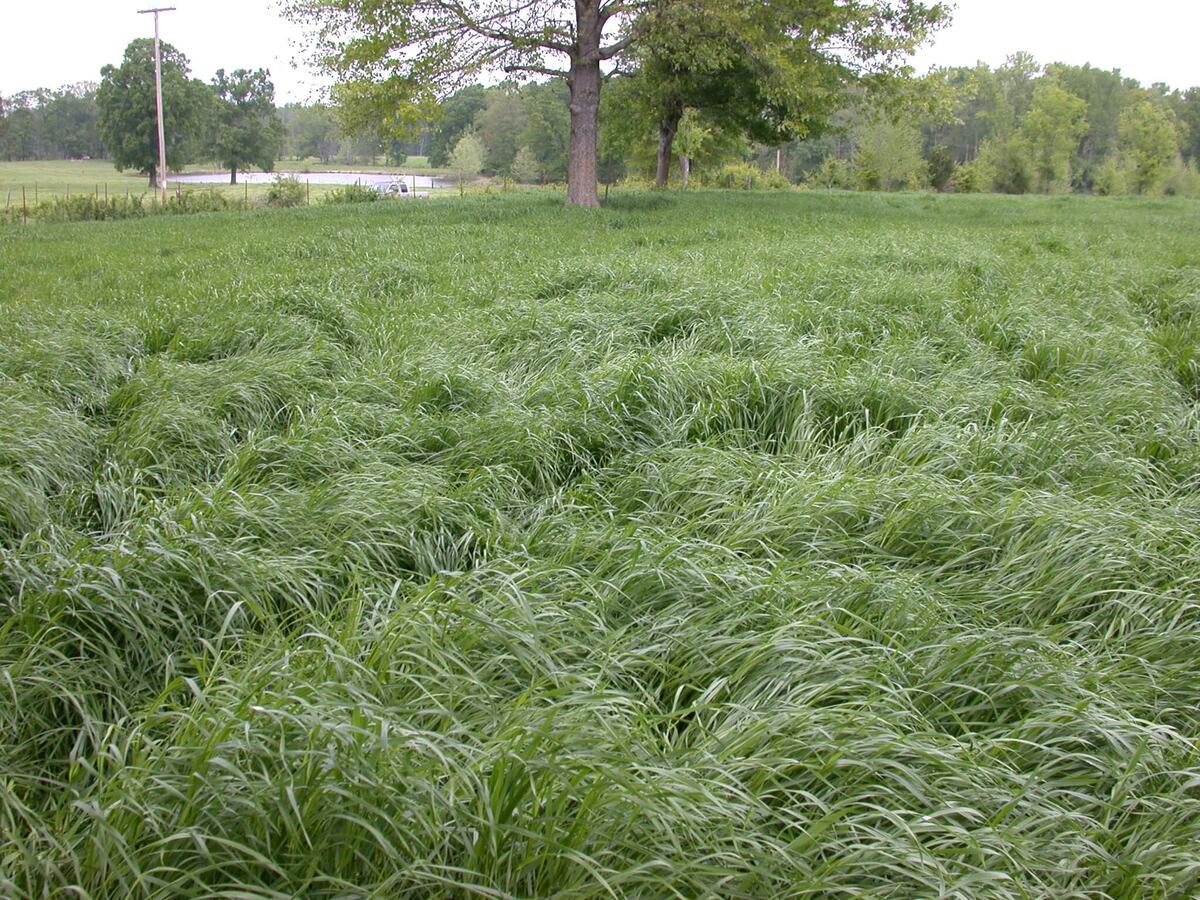
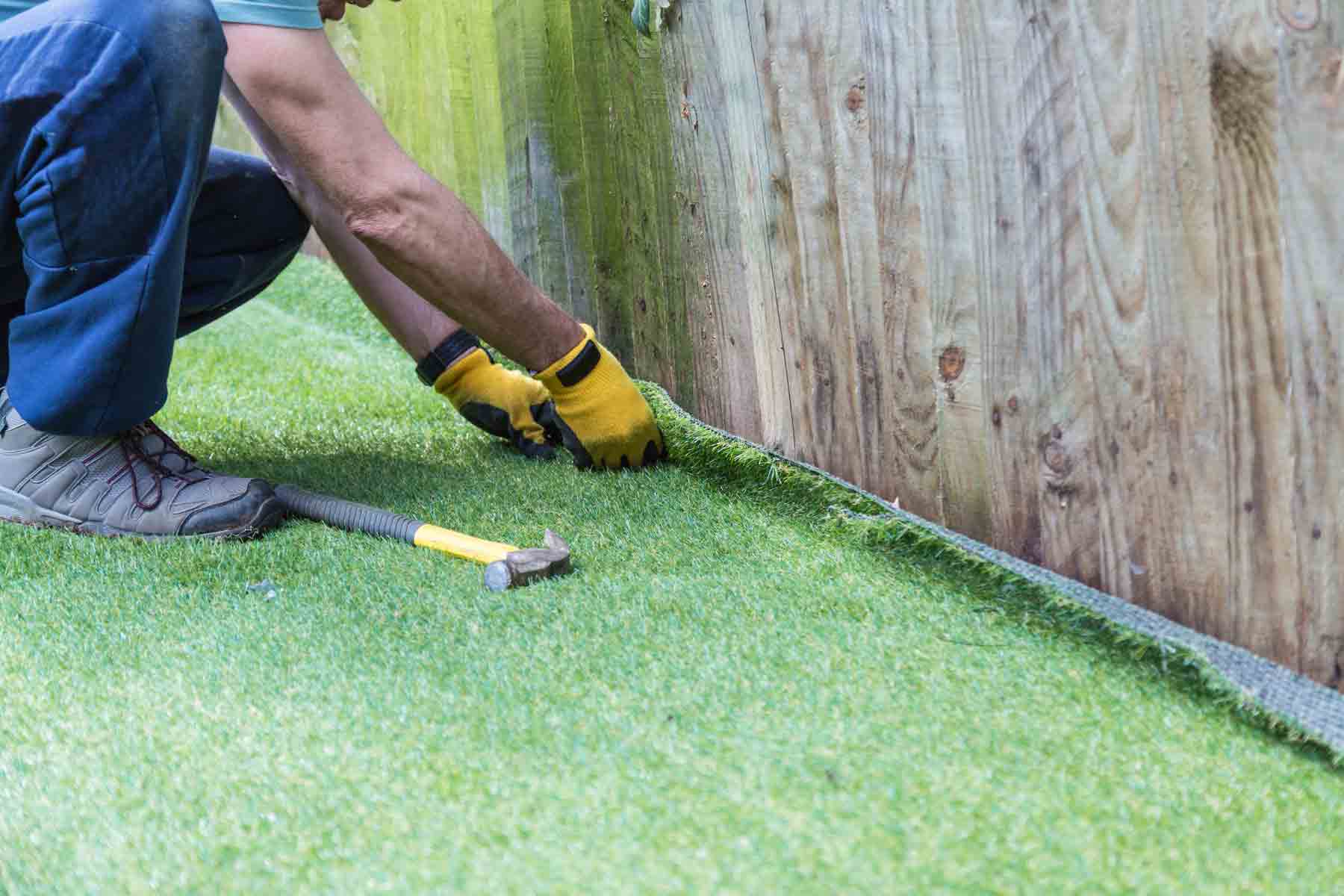
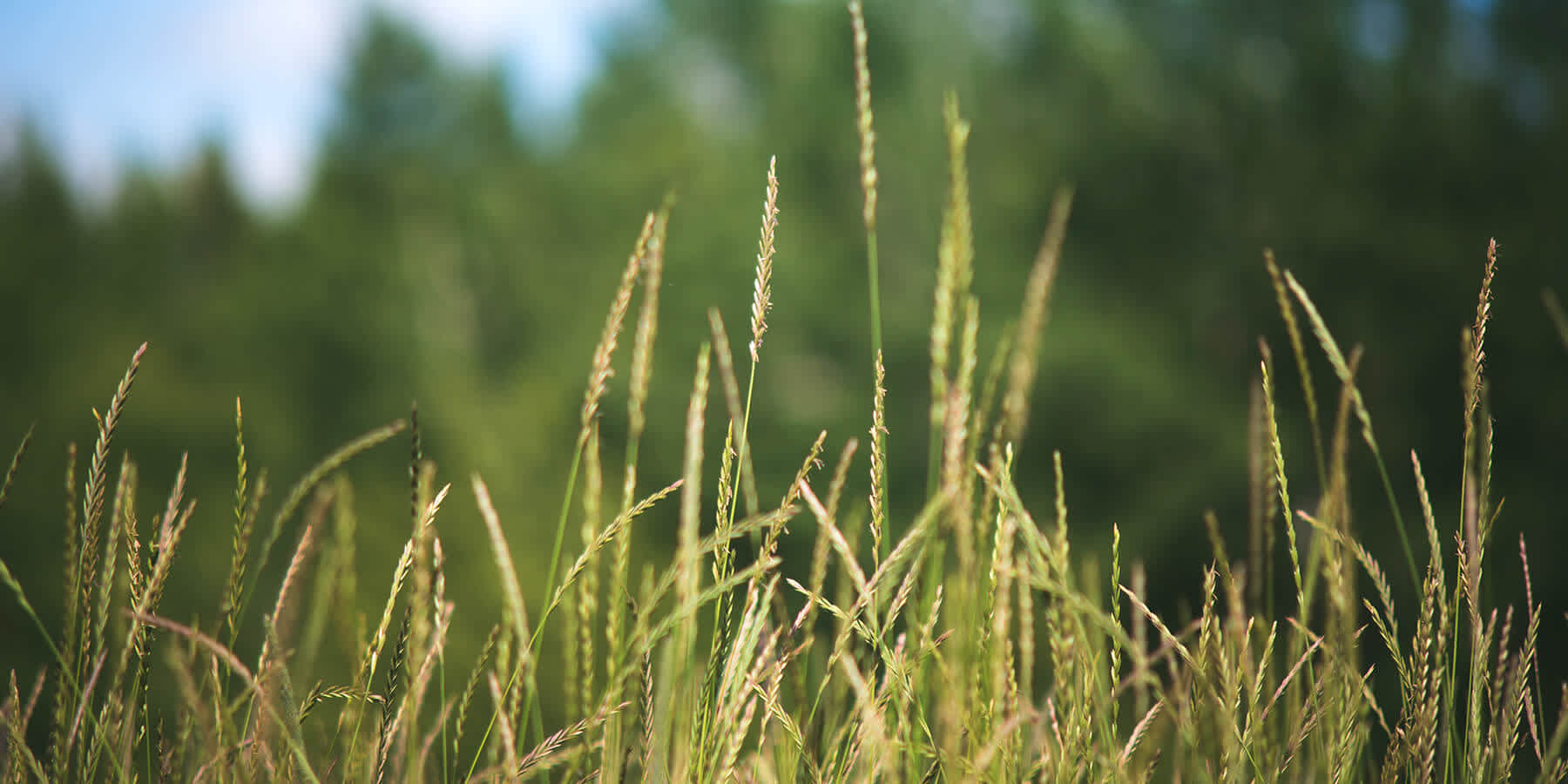
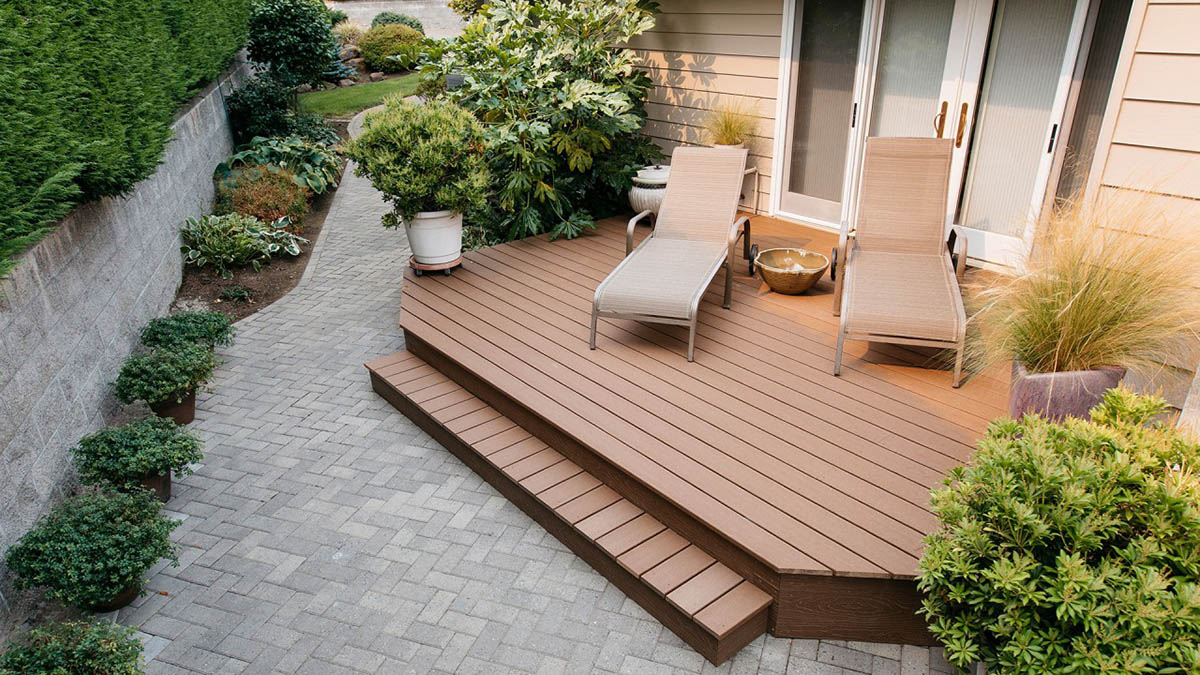

0 thoughts on “How Long Does Fake Grass Last?”